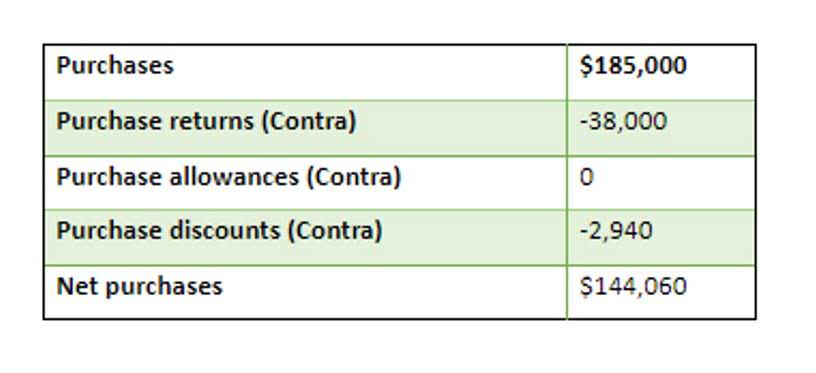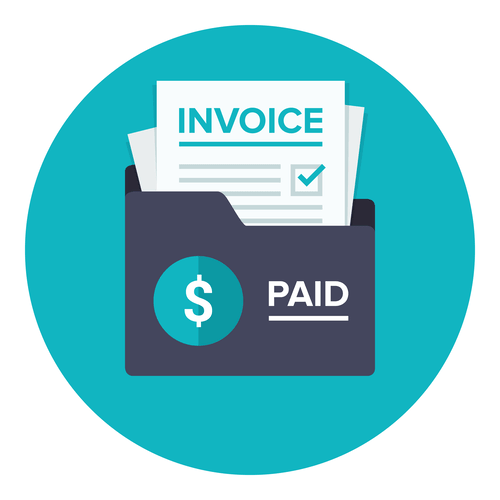
Proper accounting records are used to create the financial statements that the owners use to evaluate the operations of a company, including all company and employee activities. Internal controls are more than just reviews of how items are recorded in the company’s accounting records; they also include comparing the accounting records to the actual operations of the company. An important aspect of a system of internal controls is determining how to sustain their effectiveness and, optimally, improve them over time. A well-designed internal control framework, informed by periodic risk assessments, can make your system of internal controls nimble and scalable. It can also help you assure that the controls are operating effectively and remain relevant as your business grows and evolves.
Authorization and Approval
- Compliance can also happen from the bottom up since audit teams can use their data to make a business case for cyber risk management.
- Also, among many other violations, Enron avoided the proper use of several acceptable reporting requirements.
- When one company full of talented people, it will help them to grow and achieve the main objective.
- The point at which this decision is taken will depend on the extent to which the benefits of function will outweigh the costs.
Never leave a single individual alone with cash, unless the cash is already accounted for in your accounting system or monitoring and surveillance are in place. The count of the donations should be shared with a third party before the money is entered into the accounting system and deposited. That third party not involved with the donation counting or depositing process should reconcile the bank deposits with the reported amounts on the books and the number given to them after the count. These steps make it difficult for someone to swipe funds before they make it to bank.

To Ensure One Vote Per Person, Please Include the Following Info
The more types of risks there are, the more internal controls a business will need. At the end of the month, an accountant or accounting department should reconcile all those transactions — an important internal control to detect transactions that are either fraudulent or do not comply with business policies or industry regulations. One of the primary goals behind internal control measures is to make sure that no single person controls a process from start to finish. For example, someone who records bill payments shouldn’t also write checks since they could easily create fake vendors and siphon money out of your company. The goals of internal control measures are to prevent, detect, and correct issues that impact the accuracy, integrity, and reliability of a company’s financial information. One of the notable advancements facilitated by technology is automated control monitoring.
Detective Controls

Control precision describes the alignment or correlation between a particular control procedure and a given control objective or risk. A control with direct impact on the achievement of an objective (or mitigation of a risk) is said to be more precise than one with indirect impact on the objective or risk. Precision is distinct from sufficiency; that is, multiple controls with varying degrees of precision may be involved in achieving a control objective or mitigating a risk. Our mission is to empower readers with the most factual and reliable internal control in accounting financial information possible to help them make informed decisions for their individual needs. We follow strict ethical journalism practices, which includes presenting unbiased information and citing reliable, attributed resources.

Documentation and Record-Keeping: Maintaining Reliable Audit Trails
When one company full of talented people, it will help them to grow and achieve the main objective. It will improve other internal control as the people less likely law firm chart of accounts to make any mistake. It also helps the company to prevent fraud when the employee has good behavior.
Internal Controls: The Foundation For An Efficient Organization
- An important aspect of a system of internal controls is determining how to sustain their effectiveness and, optimally, improve them over time.
- HighRadius Record-to-Report Solution enhances internal controls through several key features and functionalities that promote accuracy, compliance, and accountability in financial reporting.
- And the other prevented control should be in place to prevent such kind of risk from happening again.
- When a person completes the job alone, it is very easy for him to commit fraud if he wishes to do.
- These controls require that specific transactions or activities receive approval from a designated individual with authority.
With clear procedures in place, your staff will need to make fewer guesses and unnecessary searches for answers, which results in improved productivity. Proper internal control policies, usually developed by your CFO, should describe the process, related control, designated role, expected outcome, and outline measures for measuring results. It’s unfortunately common for companies to jump into designing internal Online Accounting controls without first understanding the operational risks and key threats facing them. While many internal control measures are standard, it’s best to adopt a risk management perspective when designing internal controls. This way, you avoid gaps or insufficiency within your organization’s system of internal controls.
Leave a Reply